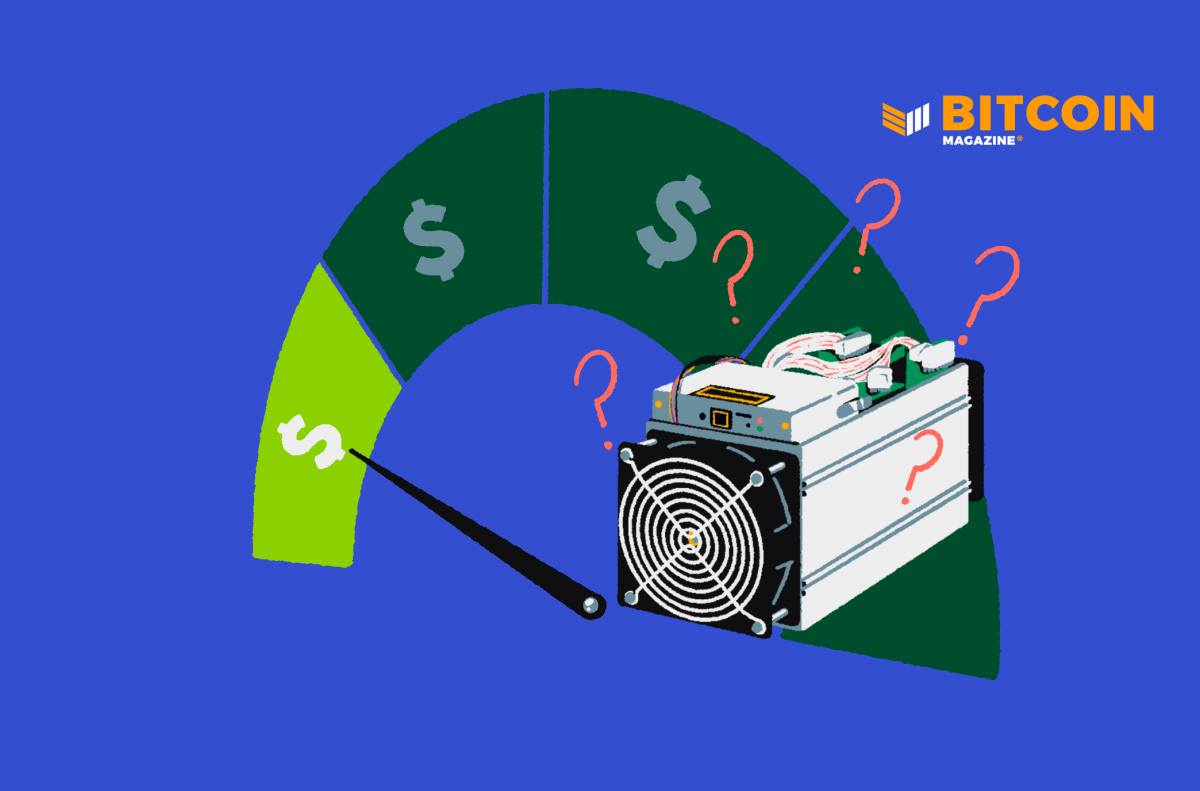This is a transcribed excerpt of the “Bitcoin Magazine Podcast,” hosted by P and Q. In this episode, they are joined by Paul Sztorc to break down why all roads lead to proof-of-work and how proof-of-stake protocols are fooling themselves by thinking that proof-of-stake technology can stay decentralized and secure.
Credit: Source link
































